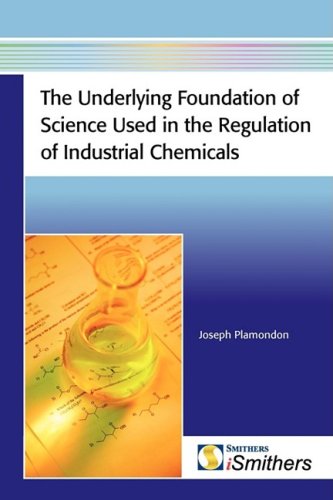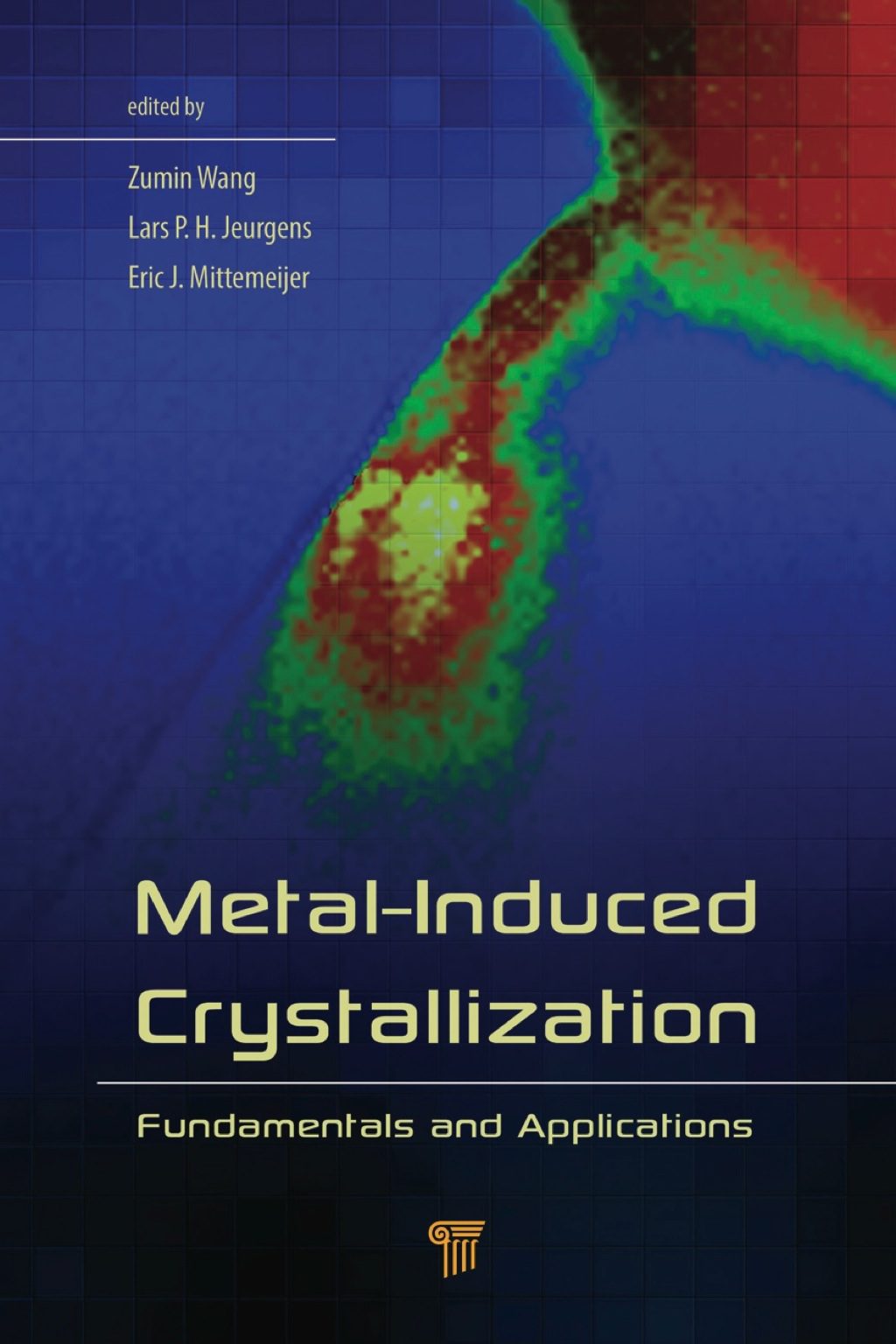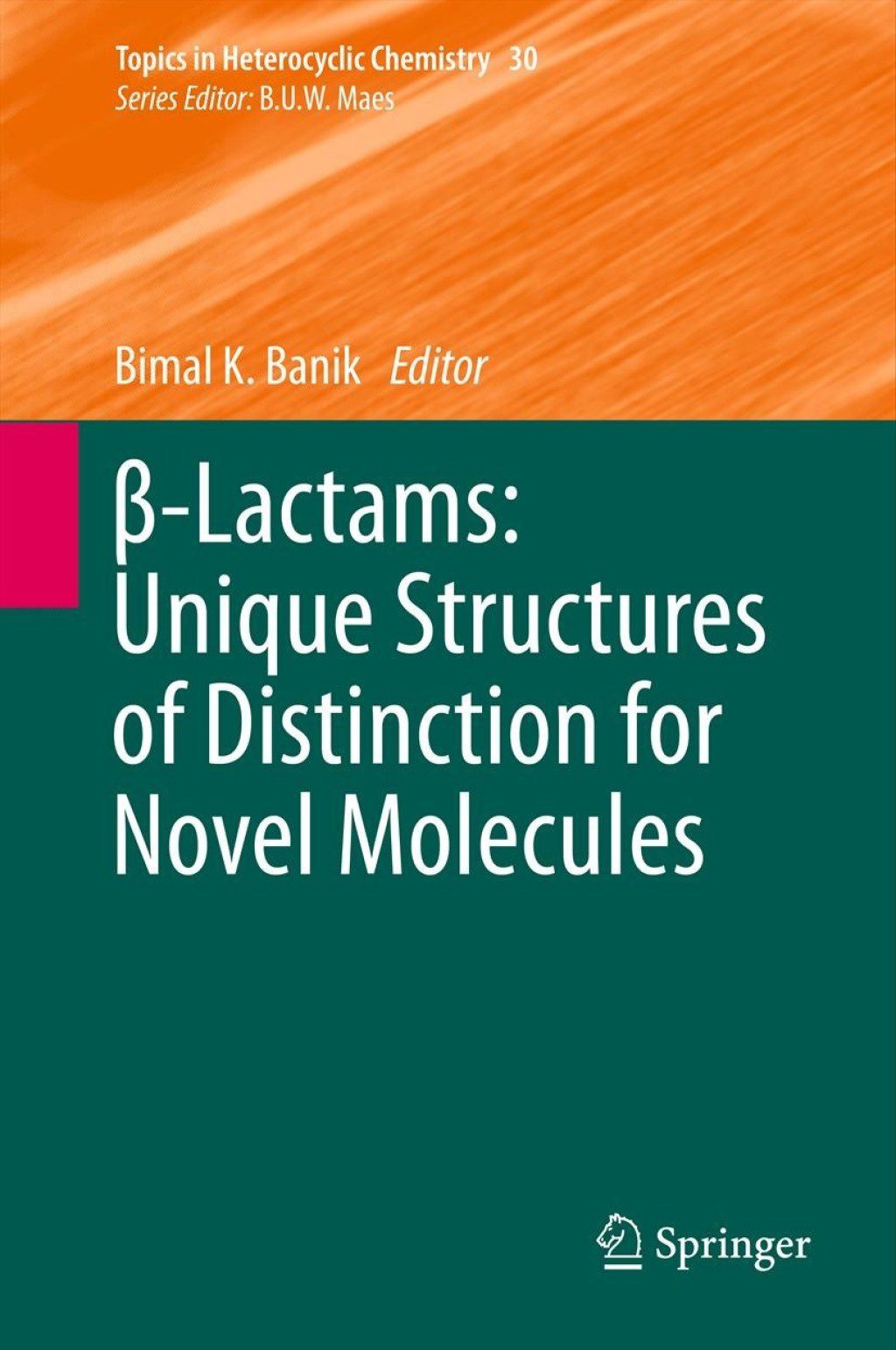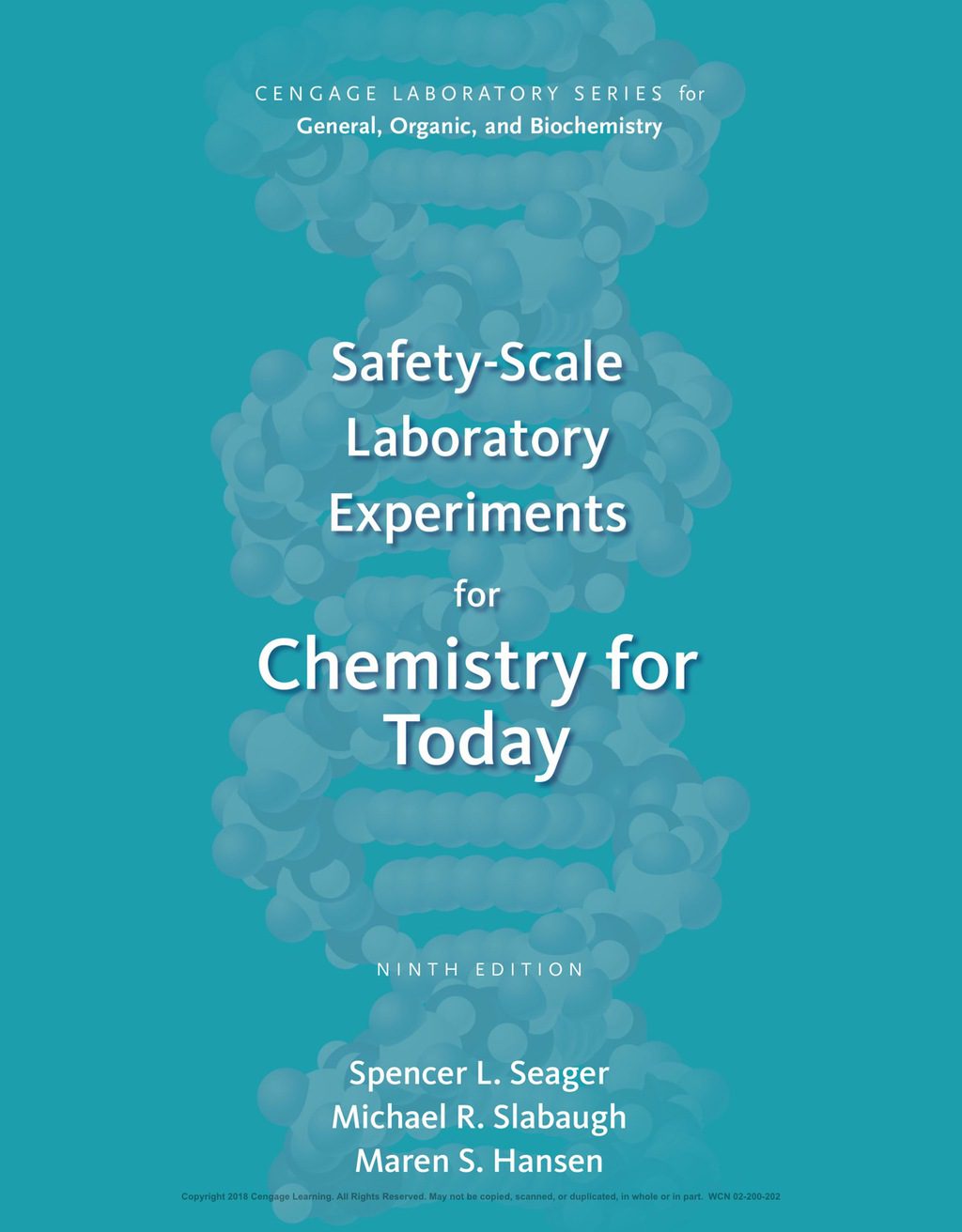Joseph Plamondon1847351476, 978-1-84735-147-0
Table of contents :
Table of Contents……Page 5
1 Introduction: Importance of Science in the Implementation of TSCA and REACH—Chemical Identity and Risk Assessment……Page 9
2 Risk Assessment……Page 13
2.1 Hazard Assessment……Page 14
2.2 Exposure Assessment……Page 19
2.3 Risk Assessment in Practice: Ethylene Glycol……Page 20
2.4 Risk Assessment Under the TSCA……Page 23
2.5 Risk Assessment Under REACH……Page 25
References……Page 26
3 International Conventions for Naming Chemicals……Page 29
3.1 IUPAC Naming Conventions……Page 30
3.2 CAS Naming Conventions and CASRN……Page 32
3.2.1 CAS Registry……Page 33
3.2.3 CASRN and the TSCA Inventory……Page 34
3.3 SMILES Notation……Page 36
3.4 Multiple Names for One Common Substance: Ethyl Acrylate……Page 38
References……Page 39
4 Nomenclature Problems under the TSCA……Page 41
4.1 Exemptions from the Definition of ‘Chemical Substance’……Page 42
4.2 Scope of ‘Persons’ Subject to TSCA……Page 44
4.3 ‘Iso’ and ‘Branched’ Modifiers to Alkyl Group Descriptors……Page 45
4.4.1 Natural Source Descriptions……Page 47
4.4.2 SDA Identification……Page 48
4.4.3 Non-SDA Alkyl-Range Descriptions……Page 49
4.5.1 Historical Perspective……Page 51
4.5.2 Chemical Identity of Nonylphenol: Alkylation of Phenol with Propylene Trimer……Page 53
4.6 Naturally Occurring and Minimally Processed Substances……Page 55
4.7.1 Silica Nomenclature……Page 58
4.7.2 Inorganic Glasses, Ceramics, and Frits……Page 60
References……Page 63
5 Technical Guidance Document: Substance Identification and Naming in REACH……Page 67
5.1 The Basics: What is a Substance?……Page 68
5.2.1 Well-Defined Substances……Page 69
5.2.2 Poorly Defined Substances or of Variable Composition……Page 70
5.3 Section 7 of the TGD: Examples of Complex Product Registration Issues……Page 71
5.4 Section 8 of the TGD: Description of Substances in IUCLID 5……Page 74
References……Page 77
6 Polymer Definitions, Naming Conventions, and Regulatory Consequences Under TSCA and REACH……Page 79
6.1 Polymer Definitions and Other Considerations Under TSCA……Page 80
6.1.1 Polymer Definitions and CAS Naming Conventions Under the TSCA……Page 81
6.1.2 The Two-Percent Rule: Used versus Incorporated……Page 85
6.1.3 Post-Polymerisation Treatment and Devolvement……Page 87
6.1.4 Polymer Exemption Under the TSCA……Page 89
6.2 Complex Polymer Naming Issues: The Epoxy Example……Page 90
6.2.1 Common Raw Materials Used in Epoxy Manufacture……Page 91
6.2.2 Use of Common Raw Material to Make Epoxy Polymers with Different CAS Names……Page 93
6.3.1 Polymer Definition Under REACH and the ‘No Longer Polymer’ List……Page 96
6.3.2 Polymer Confidentiality Issues Under REACH……Page 98
6.3.3 Legal Challenge to the Monomer Registration Requirement……Page 101
6.4 Regulation of Polymers in Canada: A Different Perspective……Page 102
References……Page 104
7 Treatment of Nanotechnology Under the TSCA and REACH……Page 109
7.1 Chemical Identity Issues: EPA’s Dilemma……Page 110
7.2 Determination of Whether a Chemical Substance is New or Existing……Page 111
7.3 Assessing the Risk of Nanoparticles……Page 115
7.4.1 Carbon Nanotubes (CNT) as New Substances……Page 116
7.4.2 SNUR for Nanomaterials……Page 118
7.5 Regulation of Nanoparticles Under REACH……Page 120
References……Page 122
8 Summary and Future of the Science and Regulation of Chemicals……Page 125
8.1 Regulation of Nanotechnology and Lessons Learned from the TSCA……Page 127
8.2 Regulation of Polymers……Page 128
Reference……Page 129
Abbreviations……Page 131
Author Index……Page 135
Subject Index……Page 137
Back Cover……Page 146







Reviews
There are no reviews yet.